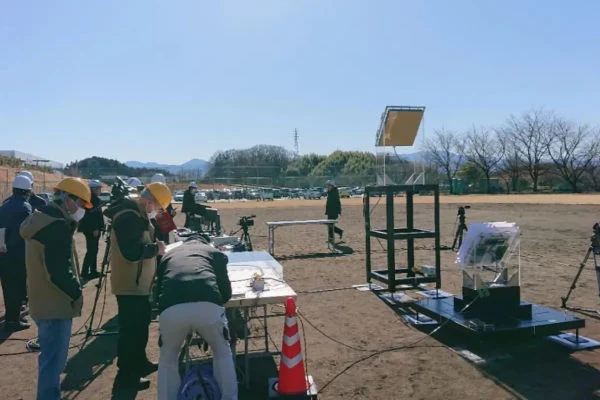Key Takeaways
1. The OHISAMA project by Japan Space Systems aims to create a space-based solar power system that can provide consistent energy generation, unaffected by weather conditions.
2. The satellite designed for the project is about the size of a washing machine, weighing 180 kg, and will operate at 400 kilometers above Earth.
3. Energy collected by the satellite will be transmitted to a ground station in Japan using GHz-range electromagnetic waves, with initial tests targeting a transmission of 1 kilowatt.
4. The project addresses challenges in precision and safety, with radiation levels compared to sunlight and a focus on achieving accurate energy transmission to ground stations.
5. Future plans include larger geostationary systems capable of delivering up to 1 GW of power, along with significant upcoming tests for long-range wireless power transmission scheduled for December 2024.
Clean energy from space may seem like something out of a movie, but the OHISAMA project led by Japan Space Systems (JSPACE) has been advancing since 2023 and has made significant progress. This initiative, supported by the Japanese government, relies on thorough research. The aim is to create a small solar setup in space linked to a satellite, which could potentially establish a climate-neutral energy future.
The Benefits of Space-Based Solar Power
One of the main benefits is that, unlike solar farms on Earth that are affected by weather, this space-based solution can generate energy consistently, even at night. This technology could transform global energy systems, serving needs from home energy use to providing power in emergencies and for off-grid areas.
Satellite Specifications
The satellite designed for upcoming tests is comparable in size to a washing machine, weighing around 180 kg. It operates in orbit at 400 kilometers above the Earth and features a 2 square meter solar panel along with a storage unit.
The energy collected will be sent to a ground station in Suwa, Japan, using GHz-range electromagnetic waves. A 600-square-meter array containing 13 antennas will capture this energy and convert it back into electricity. The initial tests aim to transmit just 1 kilowatt, which is enough to power a coffee maker or a dishwasher for an hour.
Moving Towards Clean Energy Solutions
This mission represents a crucial advancement towards establishing solar power plants in space that can provide clean energy regardless of weather conditions on Earth.
– Koichi Ijichi, Consultant at Japan Space Systems
A significant challenge lies in achieving accuracy: in the future, the microwave radiation must strike a receiver field that spans 40 kilometers (25 miles) at a speed of 28,000 km/h (17,400 mph). Antennas will be spaced five kilometers apart to allow for larger-scale electricity distribution to homes. Researchers have alleviated safety concerns by comparing the radiation levels to sunlight.
You could walk through the beam – the chance of getting sunburned is greater than the chance of microwave injuries.
– Sanjay Vijendran from ESA (The European Space Agency)
Larger geostationary systems in the future could potentially deliver up to 1 GW of power, enough to supply hundreds of thousands of residences. However, precision in ground station reception and efficiency of energy conversion must be validated through initial tests.
Additional Research and Development
Additional experiments are in progress, including a significant milestone set for December 2024: the first long-range wireless power transmission demonstration in the world. Researchers are employing a microwave transmitter mounted on an aircraft flying at an altitude of 7 km to convert and transmit electricity as radio waves back to a ground station.
Source:
Link


Leave a Reply